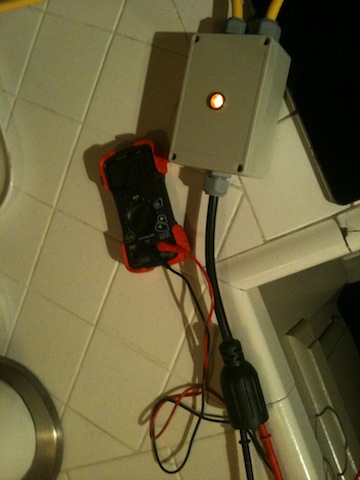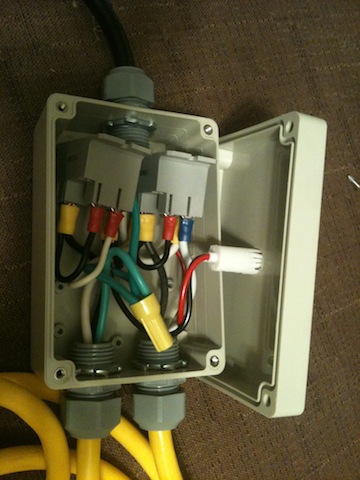Electric4Me
Well-known member
+1!!
Edit: BTW, for the buzzer, wouldn't it be simpler to add a switch & buzzer in series and just turn it off when you've got it set up? Although the perfect circuit would auto-shut off the buzzer after a few seconds, then activate it again if one of the plugs gets pulled out and/or one circuit trips.
Edit: BTW, for the buzzer, wouldn't it be simpler to add a switch & buzzer in series and just turn it off when you've got it set up? Although the perfect circuit would auto-shut off the buzzer after a few seconds, then activate it again if one of the plugs gets pulled out and/or one circuit trips.
Luft said:I'm interested in a kit with the buzzer. It just makes sense to me to have the device give me an audible signal that everything is a go.
garygid said:OK, we appear to have enough interest in a Kit, so we need to price and source a specific Parts List for this particular Kit.
I just started a "120-to-240 Adapter Kit (Rev 1)" thread for further details on this specific Kit-Project.


